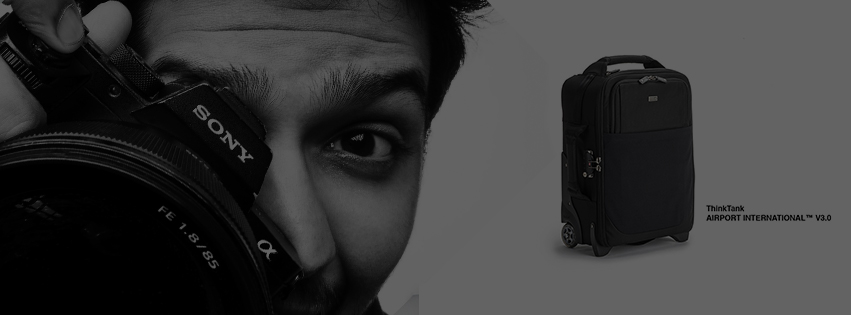
YOUR BEST FRIEND : NATURAL LIGHT
If you are portrait photographer natural light is your go to source of light. You can use it in various ways.but always remember , characteristic of natural light varies with time of the day and also with natural substance like clouds and weather.

You can use natural light in its simplest way, Be it a window with a big glass or a direct natural sunlight you can modify it and use it the way you want.
This is a favorite technique of mine and can make some really dramatic portraits. The soft light through the window acts as the perfect highlight for a strong and moody image and works particularly well if you have the light cast on just one side of the subjects face, leaving the other in shadow.
The general rule is that the closer to the window you are, the more light you’ll have to work with and the stronger the contrast. Also, if the light coming through the window is too bright, you can use curtains or a blind to diffuse some of the light.
CAMERA : SONY A7RM2 / 85MM F1.8 | F1.8 | SHUTTER : 1/125 | ISO : 200

Direct Natural light. Shot in Shade.
Don’t expect ever situation in which you use natural light to be the same. The quality and color of the light will change according to the time of day, season and the weather. Some days you’ll have warm and yellow light, where as on others, natural light will possess a blue tint.
This is where using white balance comes into play. You can use the settings to adapt to the conditions in order to achieve the tone of light you desire. I always prefer to shoot in RAW and edit the White Balance during post processing, although the in-camera presets offer a very good guide to the options available.

I always carry a reflector with me. It can be extremely useful for portraits as you can reflect some of the light streaming in from the side onto the subject’s face, highlighting their key features without blinding them and needing them to look towards the sun.On nice bright days, it’s also worth trying some backlit shots, with the sun directly behind your subject. Again, the reflector will come in handy here, as you try to achieve a warm glow around the shape of your model, and it provides some front facing light.


Always observe how your light and from where your light is coming from.Try to pose or direct your subject according to your light direction.



